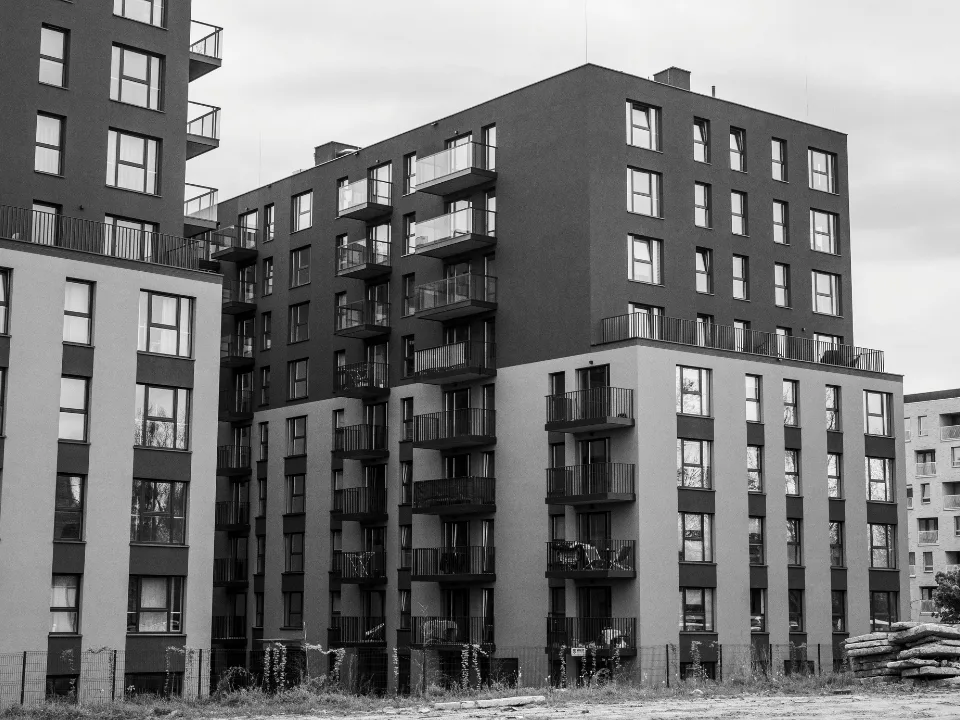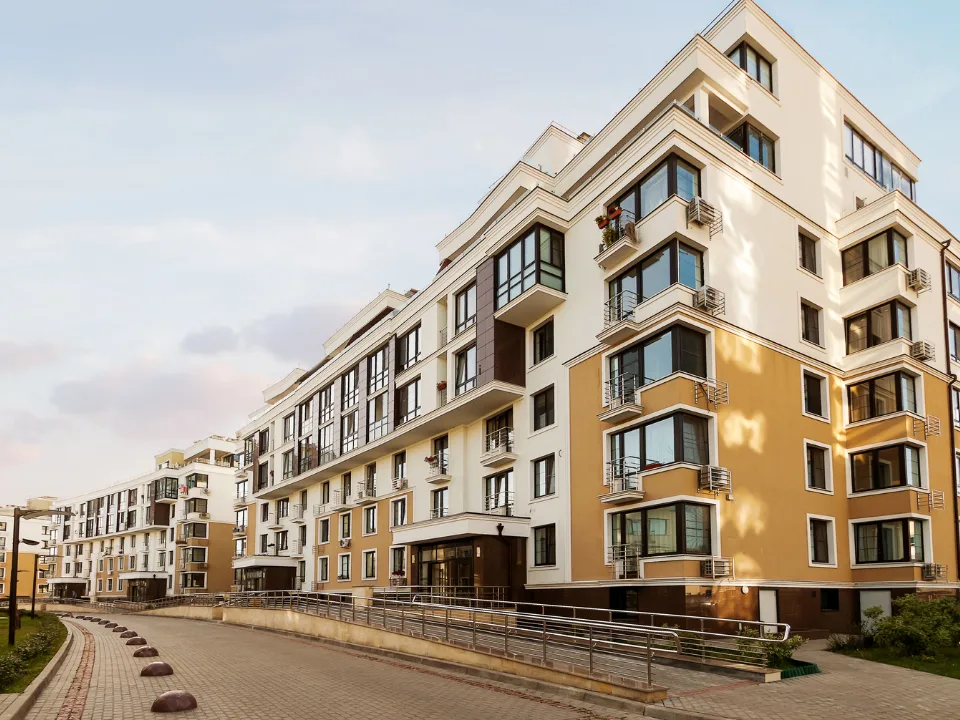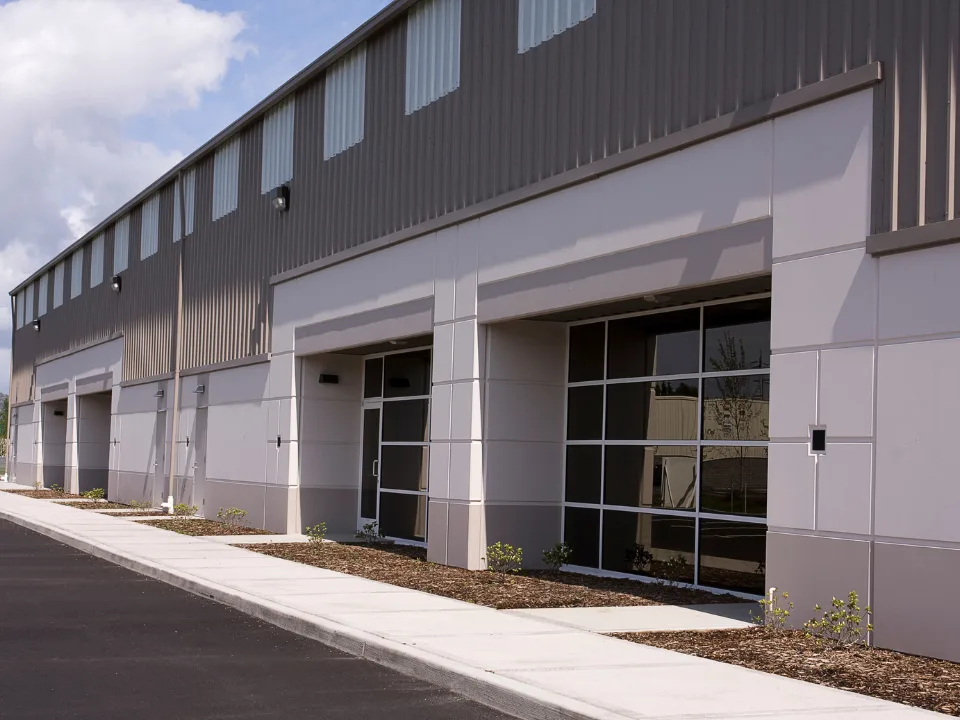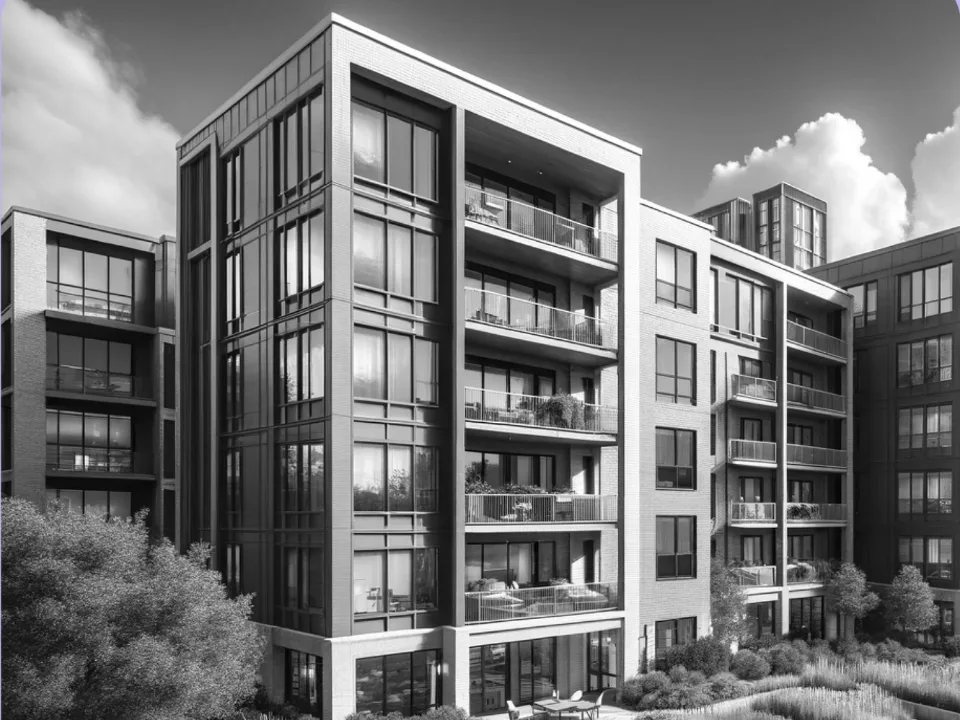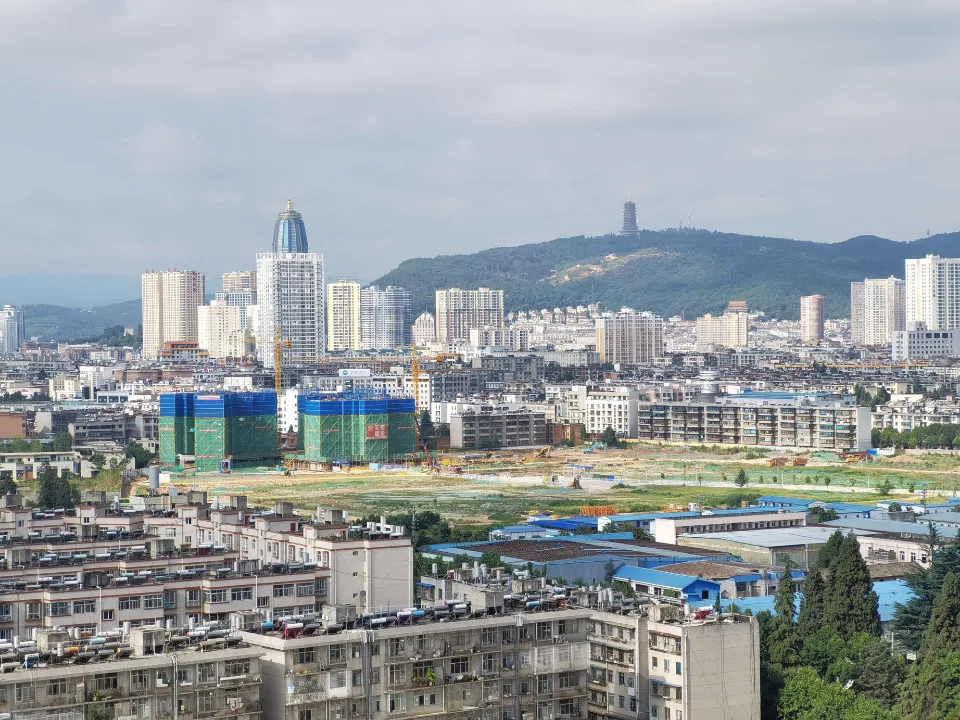- NYC’s City of Yes has led to a spike in air rights deals, especially in Manhattan, home to over 1,200 landmarked properties.
- Landmark owners can now sell unused development rights to more nearby lots, opening up more opportunities.
- Developers and brokers are pursuing deals aggressively, though most are still in early stages.
City of Yes Unleashes Development Opportunity
Mayor Eric Adams’ City of Yes zoning reform, passed in December, is already reshaping how developers operate in Manhattan, per The Real Deal. One of the biggest shifts: landmarked buildings can now sell their unused air rights to a broader range of nearby properties.
Previously, these transfers were limited to adjacent lots, which restricted activity. Now, the rule allows transfers to buildings on the same block, across the street, or at the next intersection.
More Buyers Means More Deals
Bob Knakal, chairman of BK Real Estate Advisors, says he rarely handled these transactions before the change. Now, he’s working on 17 air rights deals.
“You’re much more likely to transact if you have 52 potential buyers than if you have two,” Knakal said.
This expansion in eligible buyers has made the market far more active. Brokers and attorneys report a steady increase in inquiries.
Get Smarter about what matters in CRE
Stay ahead of trends in commercial real estate with CRE Daily – the free newsletter delivering everything you need to start your day in just 5-minutes
Why Landmark Owners Are Selling
Landmarked buildings can’t be demolished or expanded easily. That makes selling unused development rights one of the few ways owners can generate income.
Wilson Parry, CEO of Property Scout, calls these rights “found money.” The income helps fund necessary repairs and maintenance.
Manhattan Leads the Market
Manhattan has more than 1,200 landmarked buildings—the most in the city. Brooklyn, by comparison, has just under 300.
Because land values in Manhattan are high, air rights there offer greater value. They typically sell for about half the cost of land.
Zoning Changes Support Housing Goals
City officials also hope these changes will increase housing supply. The mayor’s target is 500,000 new units by 2032.
The City of Yes plan could help deliver 82,000 of those homes. Developers can now build taller in some neighborhoods, which creates a stronger need for air rights.
Deals Are Coming, but Closings Take Time
Despite growing interest, most deals haven’t closed yet. Developers typically secure air rights when projects move into the design or permitting phase.
Attorney Michael Smith explains, “You may be having conversations, you may be entering into contracts, but it hasn’t hit city records.”
Some buildings also face delays due to existing retail or residential tenants.
Approval Still Required—But It’s Easier Now
The city still needs to approve all air rights transfers. However, the process no longer requires a special permit or a lengthy review from the Landmarks Preservation Commission.
Brian Strout, president of TRIZ Advisory, says, “City of Yes has taken a good step forward for landmarks. Now it’s about working through the practical realities.”
